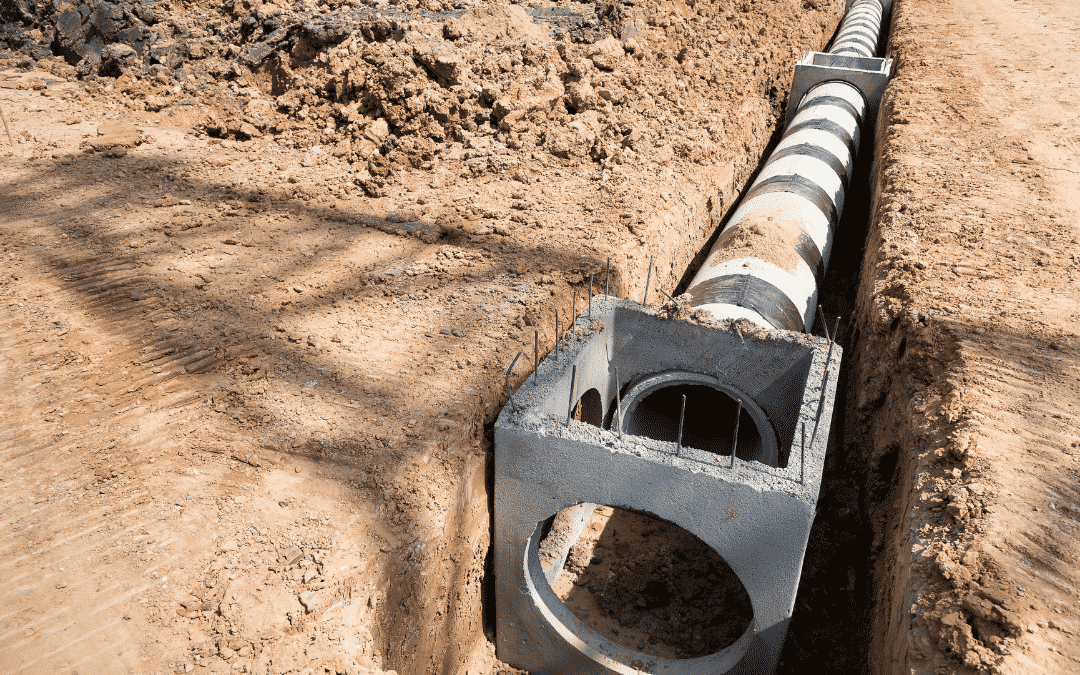Concrete Basins 101
Winter is almost approaching, which means it’s time to finish up any outstanding exterior maintenance tasks at your business or industrial site. Unfortunately, the majority of property owners fail to clean and examine their catch basins regularly. This is usually since most of us do not think about concrete basins. They’re nothing more than a hole in the earth that drains water. Yet, catch basins serve an incredibly essential purpose.
In essence, they assist in preventing excessive precipitation and snowmelt from flooding the streets and pouring into buildings. When flooding occurs, it can result in significant property damage. It has a substantial detrimental influence on the ecosystem as well. Property owners must, of course, play their share in ensuring that their catch basins are adequately maintained regularly.
What Is A Concrete Basin, And How Does It Work?
Stormwater sewer inlets with a specific function are known as catch basins. Filtering away waste such as leaves, garbage, and dirt is their job. Concrete basins can be found almost anywhere on a property, although they are most commonly seen near roadway curbs, in parking lots, or the back yards of commercial and industrial buildings. To avoid stormwater sewer clogs, it’s critical to keep your catch basins in good working order. Concrete basins also limit the number of pollutants that enter storm drains considerably.
Stormwater is usually discharged into detention basins or straight into waterways through storm drains. When concrete basins get blocked, water can pool on the sidewalks, yards, and parking lots. At the very least, this sort of flooding may be inconvenient for both companies and motorists. In the worst-case scenario, the water pools will grow to the point that they flood the region. Unfortunately, many company owners are ignorant and end up responsible for all catch basins on their site.
Maintenance of the Catch Basin
Cleaning and maintaining your concrete basins is, to put it mildly, a filthy task. The good news is that there are firms that specialize in cleaning and maintaining catch basins. This involves cleaning the catch basin grates of dirt. Litter and leaves block the grates regularly. This is particularly true in autumn and spring. That is why it is essential to examine the grates regularly. As a result, the debris may be removed appropriately. Concrete basins should also be cleaned out before the storage space fills up halfway.
The material begins to wash into the sewer pipes once this level is reached. Therefore, following the trees have shed their leaves in the late fall and after the first substantial snowmelt in the spring, a thorough cleaning is recommended. It’s also a good idea to get your concrete basins examined regularly. The concrete basin inspection firm will be able to assess how much material has been collected in the storage area and if it has to be taken out now or later.
What Are the Advantages of Using Concrete Basins?
The first line of defense against significant sewage and drainage issues is concrete basins. The main drainage channel is kept clear and can manage the necessary flow since the basin’s branches and silt accumulation are captured.
Rainwater is also kept from accumulating on a property by catch basins. Stagnant water harms soil and plant life, can attract undesirable insects, and emits foul odors. Pooling will be decreased or eliminated when an excavation contractor installs a concrete basin, and the property’s beauty will be preserved.
Basement water damage can also be avoided with the use of catch basins. For example, heavy rainfall may leak into a home if a downspout isn’t working correctly or a driveway doesn’t slope away from the foundation. The flooring, furniture, and carpet may all be affected by this issue. An excavating contractor will place a catch basin beneath a downspout to divert runoff away from the house, avoiding the cost and worry of water damage.
If you need help properly directing your yard drainage, contact us for a quote.
